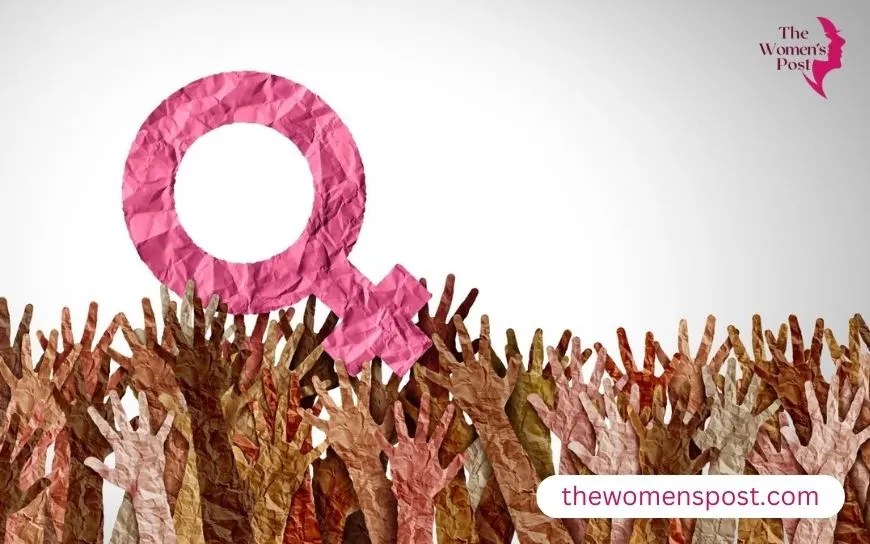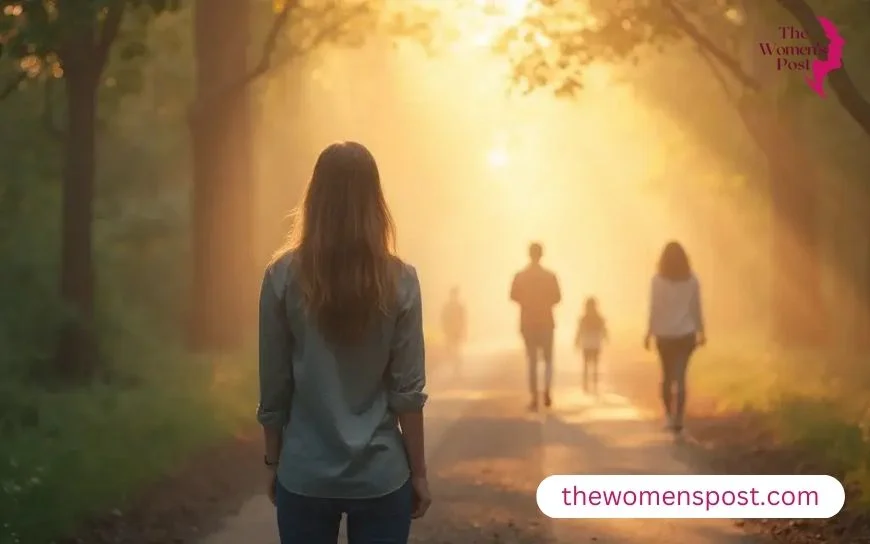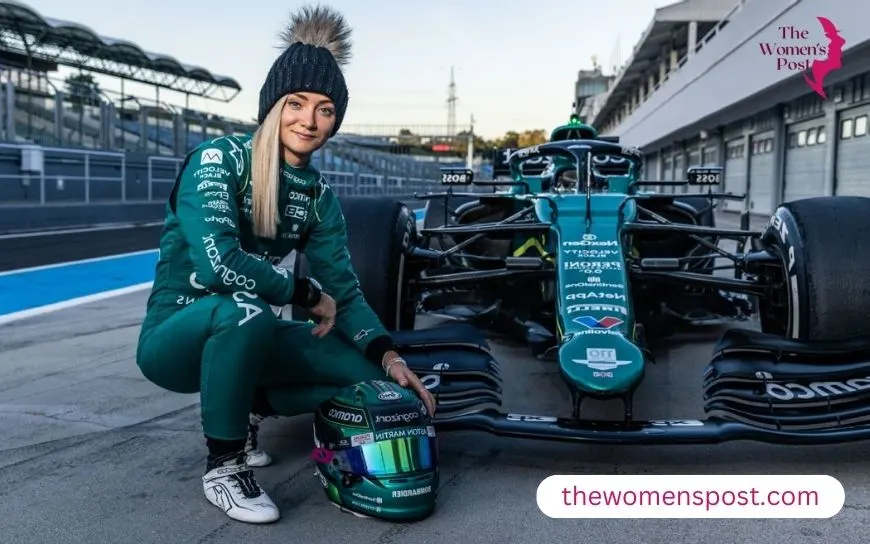Women Photographers Chronicling Cultural Changes
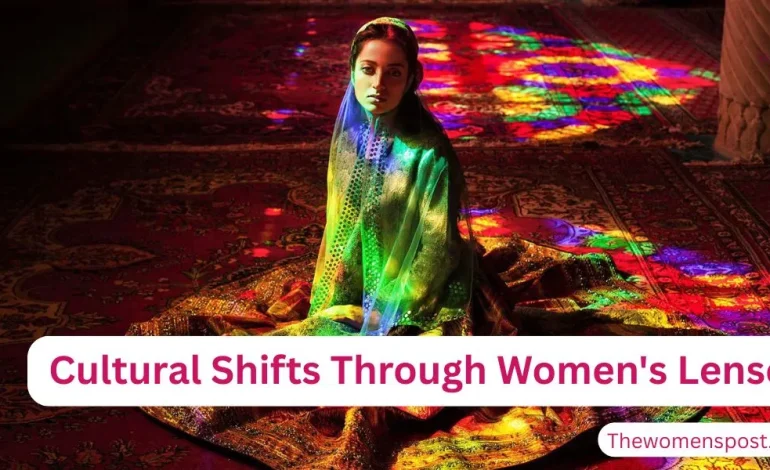
Women photographers have been able to tell the changing face of the world through cultural changes using their own cameras. They chronicle cultural changes—large changes in the way people live, think, and relate to one another—such as social movements, gender roles, economic struggles, and identity conflicts. These women photographers tend to cover stories others do not, bringing new perspectives to the fore. Their efforts in women’s documentary photography on social change document how societies transform, from the Great Depression to contemporary struggles for equality. This work examines some of the most important female photographers, their histories, and how they form our picture of change. It brings to the front their courage during difficult times and their artistry in the visual narrative of cultural change by women.
Historical Pioneers in Women’s Documentary Photography
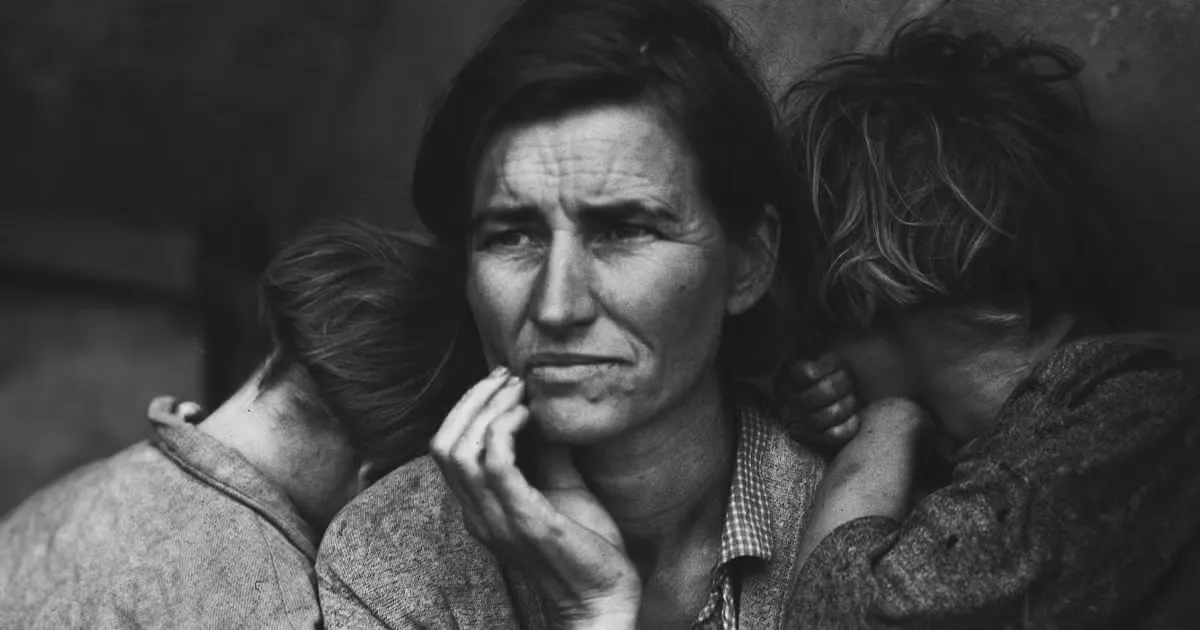
Also Read: How Abstract Art Demonstrates The Inner Feelings Of The Artist
Dorothea Lange: Capturing the Great Depression
During the early 20th century, women photographers broke through a man’s world. They went far, braved perils, and documented history in the making. Dorothea Lange is one such pioneering female photographer who captured cultural changes. She was born in 1895 and worked for the United States government during the Great Depression. Her photographs depicted the hardships of migrant workers and poor families living in rural America. Her famous image, “Migrant Mother,” from 1936, captures a worried mother with her children, symbolizing the era’s despair. Lange also documented the internment of Japanese Americans during World War II, highlighting racial injustice. Her work in documentary photography by women on social change pushed for social reforms and changed how people saw poverty.
Margaret Bourke-White: Documenting Global Conflicts
Margaret Bourke-White was another bold figure among female photographers. The first woman war correspondent hired by Life magazine, she reported on crucial events such as the industrial development of the Soviet Union and atrocities during World War II. She captured bombed towns, concentration camps survivors, and the 1947 Partition of India that divided the nation and displaced millions. Bourke-White’s photographs brought international conflicts to the home front, documenting cultural conflict and human tragedy through cultural change through the lens of women photographers. She inspired later female photographers like Lynsey Addario, who documents wars today.
Diane Arbus: Redefining Beauty and Normalcy
Diane Arbus added a singular vision to the 1960s and 1970s. She photographed individuals at society’s fringes—twins, circus workers, and those with disabilities—in New York City. Her black-and-white photographs, such as “Identical Twins,” uncover the strange and the lovely in mundane life. Arbus defied conventions of beauty and normalcy, adding to the visual history of cultural transformation by women during the civil rights era.
Other Early Trailblazers
Other early women photographers, such as Tina Modotti, photographed the life of working-class Mexicans, including Indigenous peoples and painters such as Frida Kahlo. Lee Miller, who was a model before becoming a photographer, photographed World War II action, including death camp liberations, revealing wartime atrocities. These women photographers utilized photography to challenge power and inspire empathy.
Modern Voices in Women’s Documentary Photography
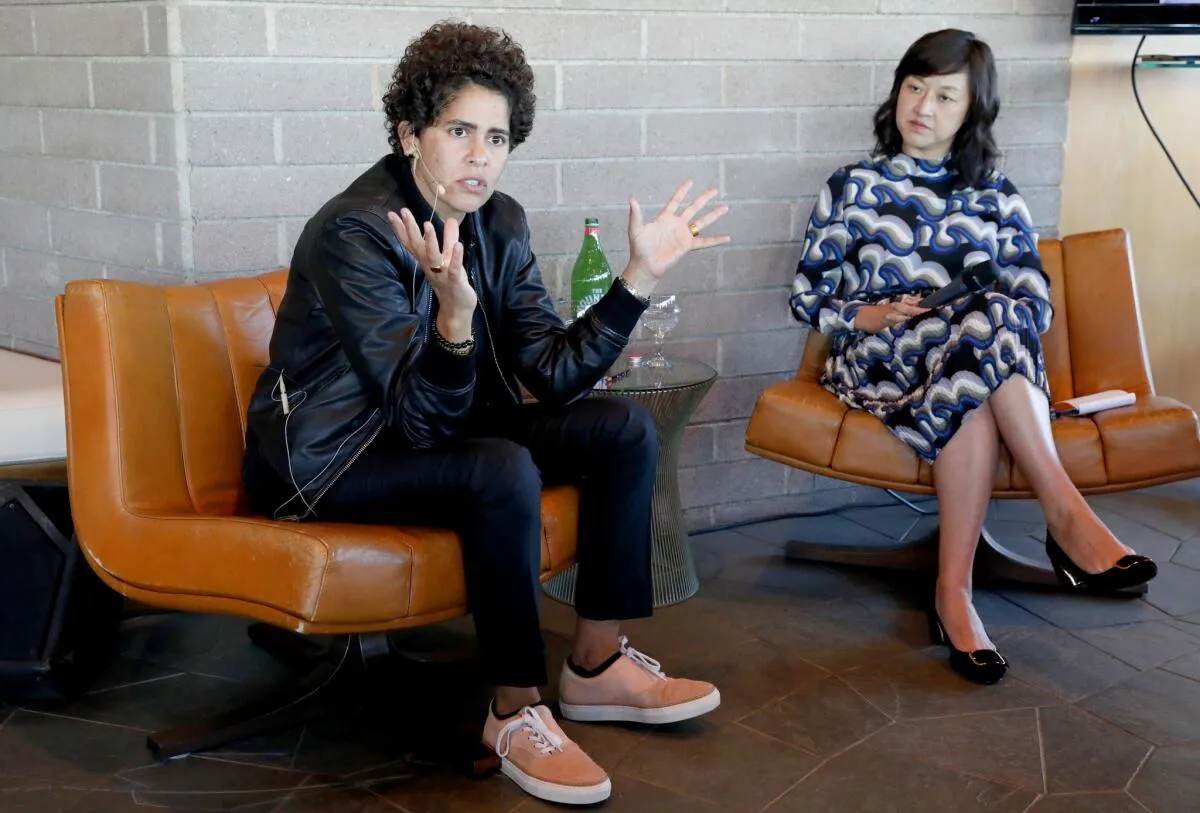
Also Read: Women In Culinary Arts As A Form Of Cultural Expression
Zanele Muholi: Advocating for Queer Rights
Female photographers carry on this tradition today, frequently merging art with activism. They address themes such as race, gender, and environmental transformation through digital media and social networks. Zanele Muholi, a South African, is a visual activist. She takes photographs of Black LGBTQ+ individuals in sequences such as “Faces and Phases,” highlighting their dignity within violence and discrimination. Muholi’s documentation of female photographers recording cultural transformation chronicled the struggle for queer rights on the African continent, altering global perceptions of identity and resistance.
Carrie Mae Weems: Exploring African American Experiences
Carrie Mae Weems examines African American lives. In “The Kitchen Table Series,” she recreates domestic life scenes, love, and struggle, combining photographs with text to challenge race and gender roles. Through her work, she identifies the ways in which history affects contemporary cultural forces and informs debates about power and memory through women’s documentary photography on social change.
LaToya Ruby Frazier: Giving Voice to the Working Class
LaToya Ruby Frazier works within working-class communities affected by economic downturn. Documenting factory shutdowns and health crises in her hometown of Braddock, Pennsylvania, through landscapes and family portraits, Frazier’s work combines individual narratives with sweeping social changes, such as deindustrialization and inequality, speaking to the voiceless in the visual narrative of cultural transformation by women.
Petra Collins: Redefining Modern Girlhood
In youth culture, Petra Collins documents contemporary girlhood. The Canadian photographer photographs young women with unfiltered bodies, subverting beauty ideals in magazines and Instagram. Her body of work records cultural change through women photographers’ eyes fueled by feminism and social media, giving voice to body positivity and diversity.
Nan Goldin: Documenting Urban Subcultures
Nan Goldin records gritty city life. Her work on the LGBTQ+ scene, HIV epidemic, and opioid addiction in America records intimate moments of happiness and suffering. Goldin’s authentic approach has shaped the way that subcultures are perceived, demanding attention on health and rights through women photographers documenting cultural transformations.
Additional Contemporary Contributors
Others like Aïda Muluneh tackle issues of African women, including migration and drought, using vibrant, dreamlike images. Ashley Armitage celebrates varied bodies in her photography, challenging Photoshopped constructs. These women photographers use platforms such as Instagram to access broad audiences, accelerating cultural dialogue.
The Lasting Impact of Women Photographers
Women photographers capturing cultural transformations do more than snap photos—they create change. Their photographs have initiated policy changes, such as Lange’s work helping farm assistance programs. They counter stereotypes, give voice to marginalized communities, and motivate emerging generations. In a global era of instant media, their reflective visual record of women-led cultural transformation reminds us of our commonality in the midst of transformations such as globalization and information revolutions.
Challenges and Future Opportunities
However, issues persist. Women photographers tend to be underrepresented in markets and galleries. Nevertheless, with technologies such as AI and VR, their impact increases. Through capturing reality, they get societies to reflect and change, demonstrating the potential of cultural transformation through the eyes of female photographers.


